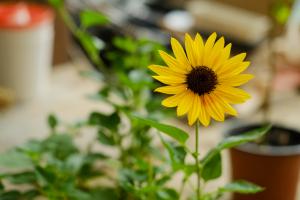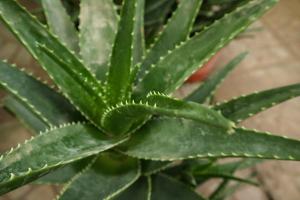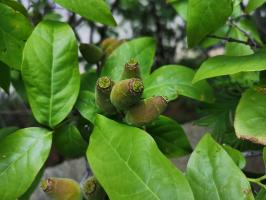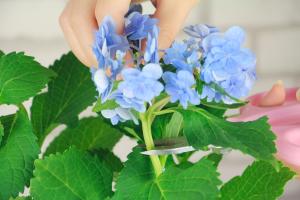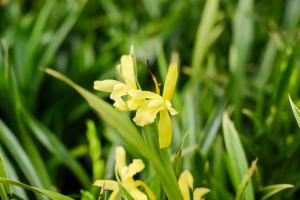Is It OK to Water Potted Plants from the Bottom?
If you love plants, you must be aware of the importance of watering them regularly. Watering potted plants from the top is the most common method, but have you ever considered watering them from the bottom? This method involves placing the pot in a tray of water and letting the plant absorb the water through the drainage holes in the bottom of the pot. But, is it okay to water potted plants from the bottom? Let's find out.
Advantages of Watering Potted Plants from the Bottom
The main advantage of watering potted plants from the bottom is that it ensures the roots get a deep and thorough watering. When you pour water from the top, it can easily run off the sides of the pot, leaving the roots dry. However, when you water from the bottom, the roots can absorb water at their own pace, ensuring that they are fully hydrated.
This method also helps prevent overwatering, as you can control the amount of water the plant receives. When you pour water from the top, it's difficult to tell how much water is enough. However, when you water from the bottom, you can limit the amount of water the plant absorbs by placing it in a shallow tray of water for a shorter period of time.
Disadvantages of Watering Potted Plants from the Bottom
While watering potted plants from the bottom has its benefits, there are also some disadvantages to consider. One of the main risks is the potential for root rot. If you leave the pot in the tray of water for too long, the roots can become waterlogged, depriving the plant of oxygen and causing the roots to rot. This can lead to plant death.
Another disadvantage of bottom watering is that it can lead to salt buildup in the soil. If you use tap water that contains high levels of dissolved minerals, these minerals can accumulate in the soil over time. When you water from the bottom, the water moves upwards through the soil, bringing the minerals with it. If these minerals are not flushed out regularly, they can toxify the soil, making it difficult for the plant to absorb nutrients.
Situations When Bottom Watering is Recommended
While bottom watering may not be the best choice for all plants, it is recommended for some specific situations. For example, if you have plants with sensitive foliage, such as African violets, bottom watering is the best way to avoid getting water on their leaves, which can cause damage. Similarly, if you have plants that are prone to fungal diseases, such as succulents, bottom watering can prevent water from getting on the leaves and creating a damp environment that promotes fungus growth.
Tips for Bottom Watering Potted Plants
If you decide to water potted plants from the bottom, there are a few tips to keep in mind. First, be sure to use a tray that is wide enough to support the entire pot. The water level should be just below the bottom of the pot to avoid overwatering. Leave the pot in the tray for 30-60 minutes, or until the soil is moist. Then, be sure to remove the pot from the tray to prevent waterlogging and root rot.
Bottom watering can be a great alternative to traditional top watering methods, but it's important to understand the risks and benefits of this method before using it. By following these tips and considering the specific needs of your plants, you can ensure that they receive the proper care and hydration they need to thrive.

 how many times do yo...
how many times do yo... how many planted tre...
how many planted tre... how many pine trees ...
how many pine trees ... how many pecan trees...
how many pecan trees... how many plants comp...
how many plants comp... how many plants can ...
how many plants can ... how many plants and ...
how many plants and ... how many pepper plan...
how many pepper plan...